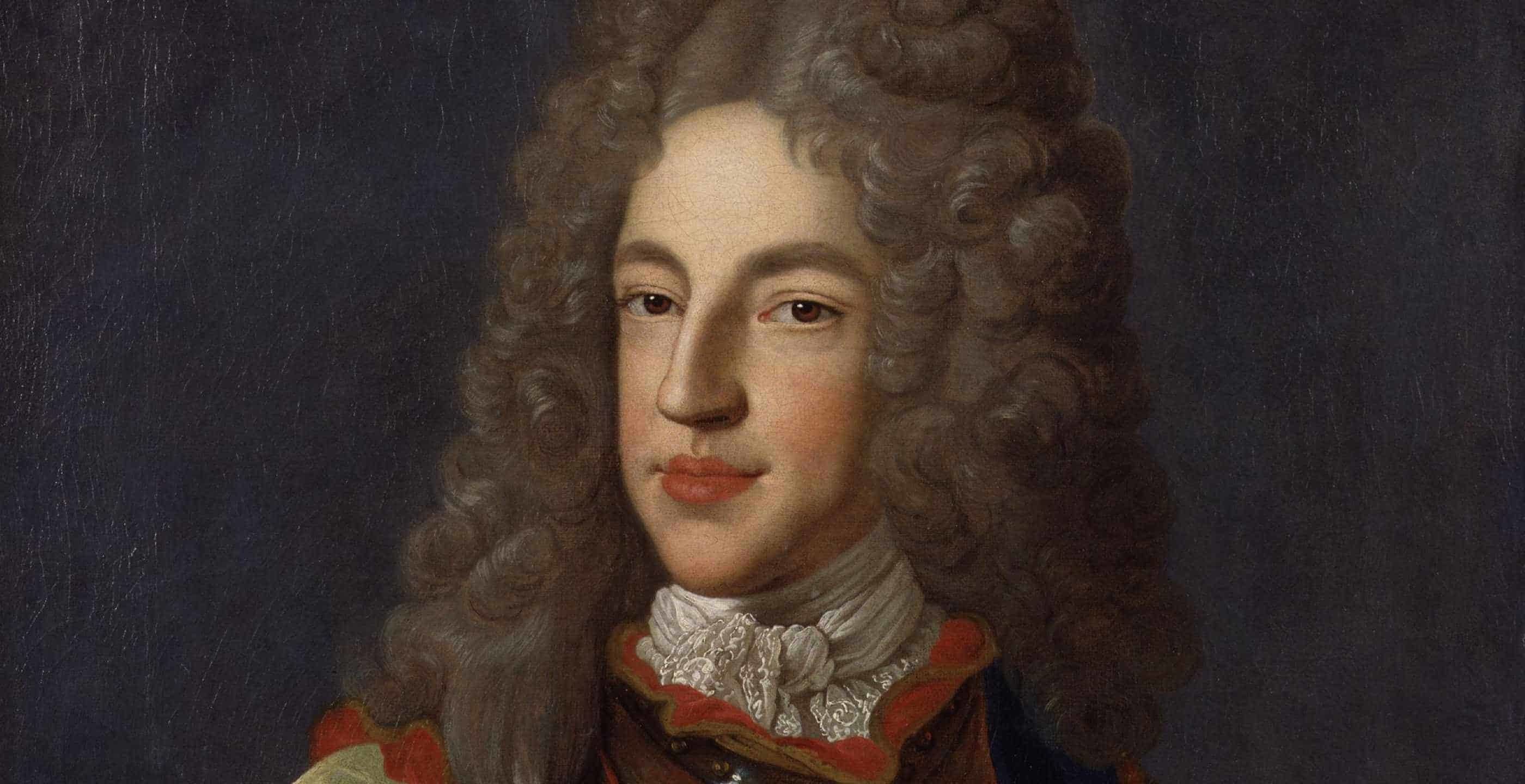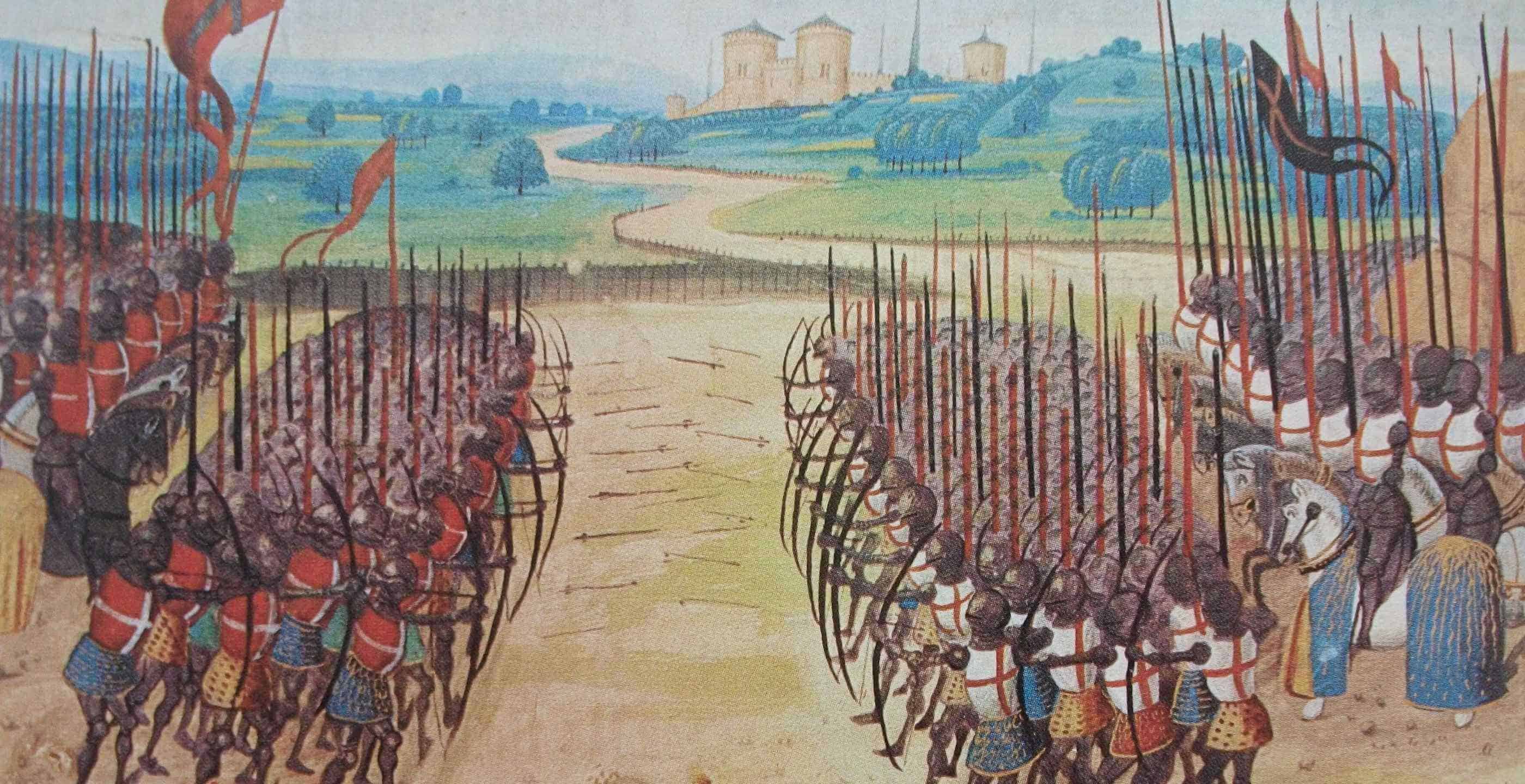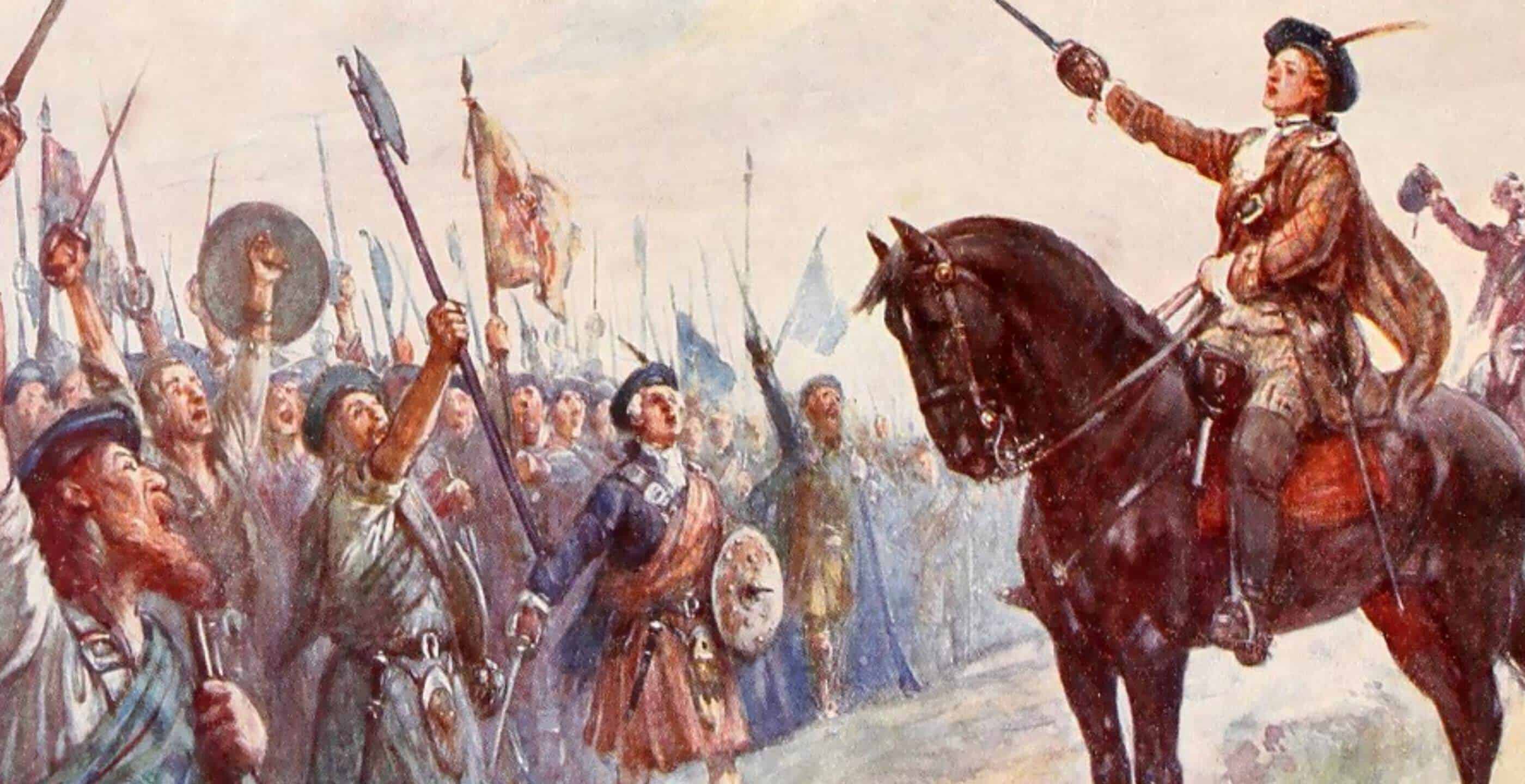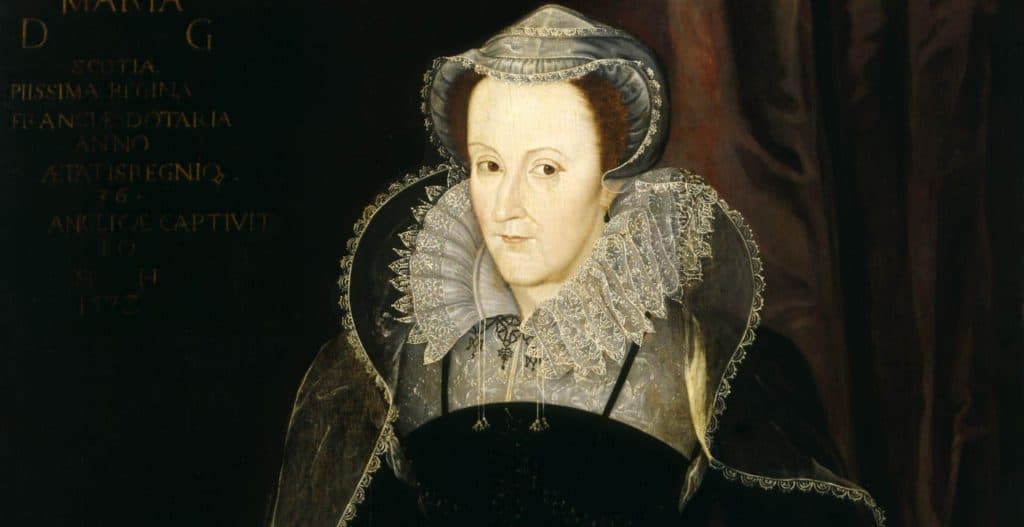The Two Pretenders of the title were James Edward Stuart, known as the Old Pretender, and his son Charles Edward Stuart, the Young Pretender. Both were determined to take their place – in their opinion, their rightful place – on the British throne.
Both Pretenders, in their own way, were a bit of a disaster. They relied on their undoubted popularity with the Scots, but were sadly lacking when it came to organisation!
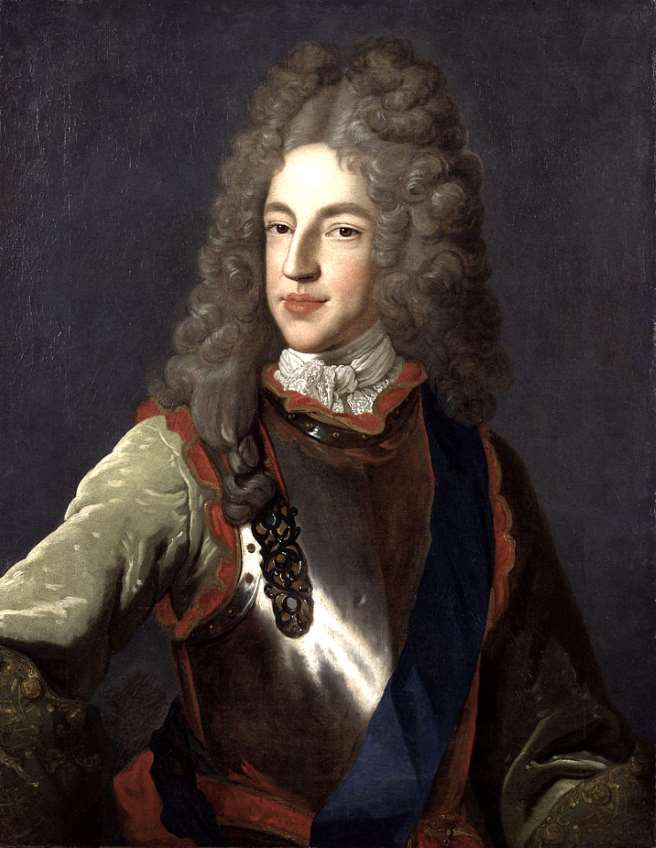
The Old Pretender was James Edward, the son of James II of England and his second wife Mary of Modena. His life began under a cloud of suspicion as his mother was judged to be too old for childbearing and James was said to have been a child of Sir Theophilus Oglethorpe who had been smuggled into the Queen’s bedchamber in a warming-pan. Not an auspicious start for a royal Prince!
His father King James II was something of a problem when he came to the throne as he was a devout Catholic and his subjects were devout Protestants. James II was hated by the people and was forced to flee to France with his Queen and his son in 1688.
James II tried to turn Ireland against his successor King William III with the help of French troops but he was defeated at the Battle of the Boyne in 1690. He is reputed to have said to Lady Tyrconnel in Dublin after the battle, “Madam, your countrymen have run away” and received the reply, “Sire, your Majesty seems to have won the race!”
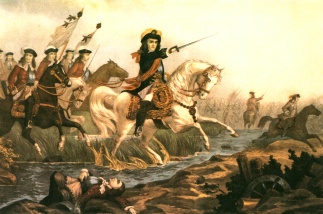
In 1715 his son, James Edward, soon to be called the Old Pretender, attempted to supplant King George I on the throne, again with the aid of the French. This Jacobite Rebellion failed miserably, which perhaps is not surprising as the Pretender didn’t arrive in England until it was all over! He retired once more to France.
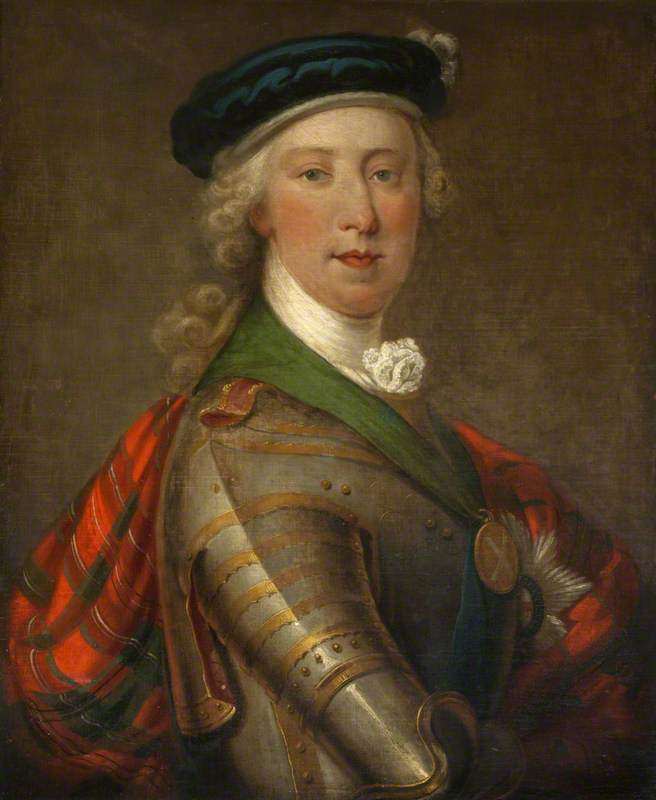
Bonnie Prince Charlie landed on the west coast of Scotland in July 1745, accompanied by just NINE men and a few arms. This uprising suffered from three great problems: bad timing, bad organisation and false hope.
Bonnie Prince Charlie had a few successes (Prestonpans was one) but undertook little preparation. Nevertheless, he continued to march south. In September he was in Manchester and in an effort to get English recruits to his cause, a drummer boy and a whore were sent to drum-up recruits but they failed – only 200 men joined his forces. Charles had to retreat back to Scotland and was finally halted at the battle of Culloden by the Duke of Cumberland in 1746.
Charles escaped from the battlefield and lurked for six months in the Western Isles under the care of loyal followers like Flora MacDonald and the Kennedy brothers. Flora escorted the Prince, disguised as her maid, to safety before they went ‘over the sea to Skye’.
The Kennedy brothers, although pitifully poor, never betrayed Charles even though there was a price of £30,000 on his head.
In 1746 Prince Charlie left for France aboard a French frigate and ended his life, a querulous drunk, in Rome in 1789.
Thus ended the Stuart dream of sitting once more upon the British throne.
The final mystery of the ’45 Rebellion is that of the treasure of Loch Arkaig. The French sent £4,000 in gold Louis coins to the Prince, but finding no one to meet them, the French left this hoard on the shore of Loch nan Uamh and left! It is said that the rest of the gold was buried beside Loch Arkaig, where it still may be today, who knows?

The popular songs, “Will ye no come back again” and “Over the sea to Skye” were written many years later when there was not the slightest chance of the Young Pretender returning to claim ‘his’ throne.
Published: 27th December 2016
